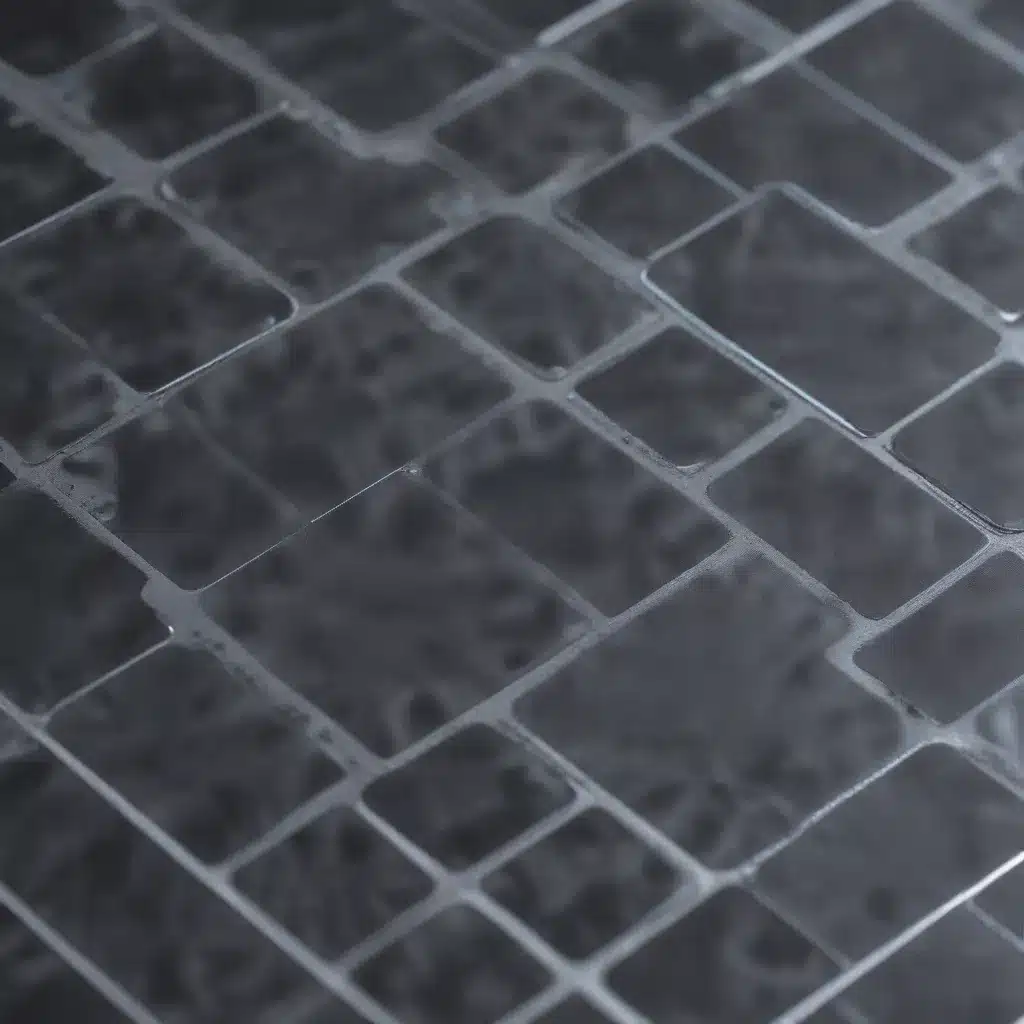
In the world of air-cooled heat exchangers, the performance and efficiency of the system largely depend on the quality of the thermal interface materials (TIMs) used. TIMs play a crucial role in facilitating heat transfer from heat-generating components to the heat sink or cooling surface. However, one of the common challenges faced by engineers and technicians is the relatively low thermal conductivity of these TIMs, which can significantly impact the overall heat dissipation capabilities of the system.
Understanding Thermal Conductivity
Thermal conductivity is a measure of a material’s ability to conduct heat. The higher the thermal conductivity, the more efficiently heat can be transferred through the material. In the context of air-cooled heat exchangers, the thermal conductivity of the TIMs is critical, as it determines how effectively heat can be transferred from the heat-generating components to the cooling surfaces.
The thermal conductivity of a material is typically measured in watts per meter-kelvin (W/m·K), with higher values indicating better heat transfer capabilities. For comparison, metals like copper and aluminum have very high thermal conductivities (around 400 W/m·K and 200 W/m·K, respectively), while materials like air and plastic have much lower thermal conductivities (typically less than 0.1 W/m·K).
Factors Influencing Thermal Conductivity of TIMs
The relatively low thermal conductivity of TIMs is primarily due to the inherent properties and composition of these materials. Some of the key factors that contribute to the low thermal conductivity of TIMs include:
Material Composition
TIMs are typically composed of a combination of materials, such as polymers, fillers, and additives, each with its own thermal conductivity characteristics. The thermal conductivity of the individual components, as well as their interactions within the TIM, can significantly impact the overall thermal performance.
Filler Materials
Many TIMs incorporate filler materials, such as ceramic particles or metal flakes, to enhance their thermal conductivity. However, the effectiveness of these fillers is limited by their distribution, particle size, and bonding with the polymer matrix. Achieving a homogeneous and well-dispersed filler network within the TIM can be challenging, leading to inconsistent thermal performance.
Microstructure and Porosity
The microstructure and porosity of TIMs can also affect their thermal conductivity. The presence of air pockets or voids within the TIM material can create thermal barriers, reducing the overall heat transfer efficiency. Achieving a dense, consistent microstructure is crucial for optimizing the thermal conductivity of TIMs.
Bonding and Interface Quality
The quality of the interface between the TIM and the surfaces it is applied to can also impact the thermal conductivity. Incomplete contact or poor bonding at the interface can create thermal resistance, limiting the heat transfer. Ensuring proper surface preparation and application techniques can help improve the interface quality and overall thermal performance.
Strategies for Improving Thermal Conductivity of TIMs
While the inherent low thermal conductivity of TIMs poses a challenge, there are several strategies that can be employed to improve their thermal performance:
Formulation Optimization
Manufacturers of TIMs are continuously working to optimize the material composition and formulation to enhance thermal conductivity. This may involve experimenting with different filler materials, adjusting the polymer matrix, or exploring new manufacturing techniques to create more thermally conductive TIMs.
Innovative Filler Materials
Researchers are exploring the use of advanced filler materials, such as graphene, carbon nanotubes, or high-performance ceramics, to improve the thermal conductivity of TIMs. These materials can provide superior heat transfer capabilities compared to traditional fillers, but their implementation may come with increased cost and manufacturing complexity.
Enhancing Interface Quality
Proper surface preparation and application techniques can significantly improve the interface quality between the TIM and the heat-generating components or cooling surfaces. This can involve techniques like surface roughening, cleaning, or the use of specialized application tools to ensure optimal contact and bonding.
Thermal Performance Testing and Evaluation
Comprehensive testing and evaluation of TIM thermal performance are crucial for identifying the most suitable materials and application methods for a given air-cooled heat exchanger design. This may involve laboratory testing, computational fluid dynamics (CFD) simulations, or real-world performance assessments to validate the thermal characteristics of the TIMs.
Balancing Thermal Conductivity and Other Properties
While improving the thermal conductivity of TIMs is a primary goal, it is important to consider other important properties that can impact the overall performance and reliability of the air-cooled heat exchanger system. These properties include:
Electrical Insulation
Many air-cooled heat exchanger applications require electrical insulation to prevent short circuits or potential safety hazards. TIMs with high thermal conductivity may not always provide the necessary electrical insulation, necessitating a trade-off between these two properties.
Mechanical Compliance
TIMs need to be able to conform to the surface irregularities and accommodate any dimensional changes or thermal expansions within the heat exchanger system. Highly thermally conductive materials may not always possess the desired compliance characteristics.
Cost and Availability
The selection of TIMs must also consider factors such as cost, availability, and ease of application. Highly specialized or custom-made TIMs with exceptional thermal conductivity may not always be a practical or cost-effective solution for all air-cooled heat exchanger applications.
Conclusion
The relatively low thermal conductivity of thermal interface materials is a persistent challenge in the design and optimization of air-cooled heat exchangers. However, through ongoing research, material innovation, and careful engineering, manufacturers and technicians can continually strive to improve the thermal performance of TIMs while balancing other critical properties. By understanding the factors that contribute to the low thermal conductivity of these materials and exploring strategic approaches, air-cooled heat exchanger systems can be optimized for enhanced efficiency and reliability.
If you’re interested in learning more about the latest advancements in air-cooled heat exchanger technologies, be sure to visit our website at https://www.aircooledheatexchangers.net/. Our team of experts is dedicated to providing in-depth insights and practical guidance to help you stay ahead in the industry.

